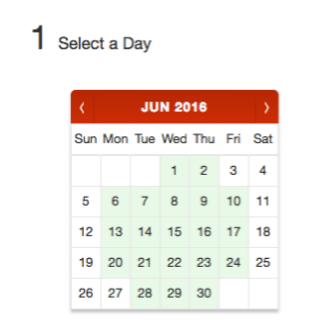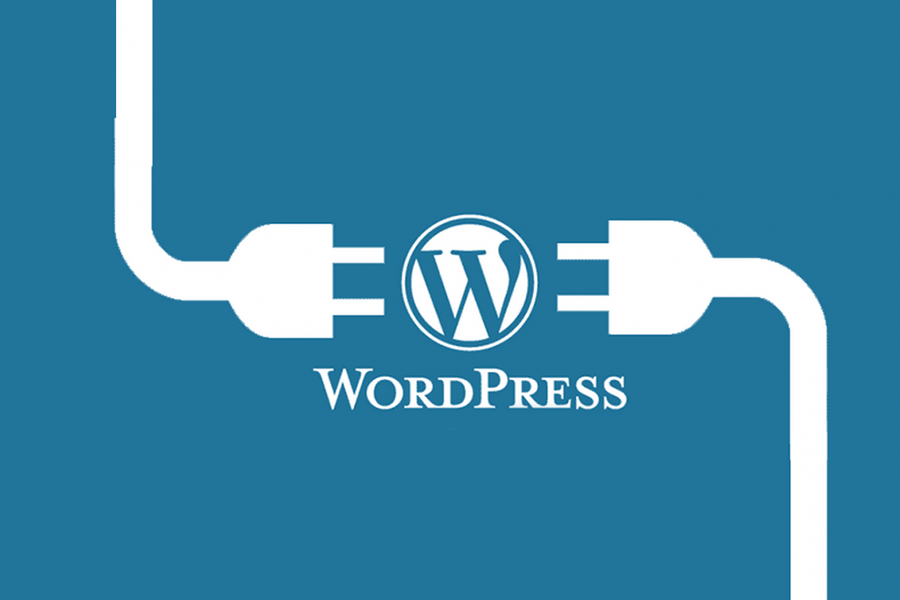If you’re new to WordPress or trying to expand your current presence using the platform, you might be wondering what is a WordPress plugin. A WordPress plugin is a characteristic a user can increase their WordPress site which goes past the default tools. Some examples include interactive calendars or contact forms but there are more. Plug-ins can be written by anyone utilizing PHP code, so many programmers create them as a means of supplying unique attributes or incorporating other internet systems.
Adding new plug-ins into a WordPress site takes only a couple of clicks. Inside this guide, we will investigate some common uses of WordPress plug-ins, then provide instructions about how best to install WordPress plug-ins to your own site.
Popular WordPress Plug-in Examples
WooCommerce

Create an Internet store
Free (with optional paid updates )
Akismet

Block spam comments
$5/month
Contact Form 7

Add a contact form to your website
Free
Acuity Scheduling

Appointment booking
$15/month
What’s a WordPress Plug-in?
Above are just a couple of examples of WordPress plug-ins. There’s more than 50,000 in WordPress’s official database, covering just about every business and company use-case one could imagine. When many plug-ins are liberated, the priciest tools can cost more than $1,000.
Many plug-ins function as integrations with other business program. For instance, if you’re a fitness instructor that uses appointment scheduling software, a plug-in might enable site visitors to view your calendar, select an open slot, and also make a deposit directly out of your site. The appointment will then be saved automatically in your main monitoring system, so there is no need to manually copy data or worry about double bookings.
Other popular WordPress integrations include CRM, email marketing, bookkeeping and invoicing program. Again, with these plug-ins, your site visitors receive a limited amount of interaction with the machine, such as the ability to include their name to a mailing list or to check their account balance for exceptional payments.
How to Install a WordPress Plug-in
First, log into your WordPress site. As Soon as You’re on the dashboard, then follow the steps below to install a brand new WordPress plugin:
1. Hover Over ‘Plug-ins‘ and click ‘Add New‘
You’ll discover these menu choices on the left side of the dashboard.

2. Browse for a Plug-in (or Upload one)
With the search function below, you can navigate for topics right on the dashboard. Search by keyword or browse through various categories to discover available plug-ins.

If you already downloaded the plug-in you want to utilize, you can upload it (like a ZIP file) by clicking”Upload Plug-in” at the very top.
3. Install and Activate
Once you’ve discovered the plug-in you want to use (or uploaded it), click”Install Now.” When the setup is finished, normally in 30 to 60 minutes, then make sure you click on”Activate.”

With that, you should now find the brand new plug-in added to a WordPress dashboard. Refer to instructions from the provider to get the plug-in up and running.
The Bottom Line
Plug-ins are among the critical reasons why WordPress is popular and possibly the reason even asked yourself what is a WordPress plug-in. As such, WordPress plug-ins give users access to seemingly infinite characteristics and integrations, and installing them is only a few clicks away.
At precisely the same time, because there are several options for any given class, it is important to read reviews, assess the amount of busy installs and, whenever possible, try out plug-ins before making a purchase.
For more advice on what WordPress, have a look at our full guide on the best way to make a WordPress site. We compare the best hosting solutions, provide tips for choosing a domain name, describe WordPress topics and a lot more.

